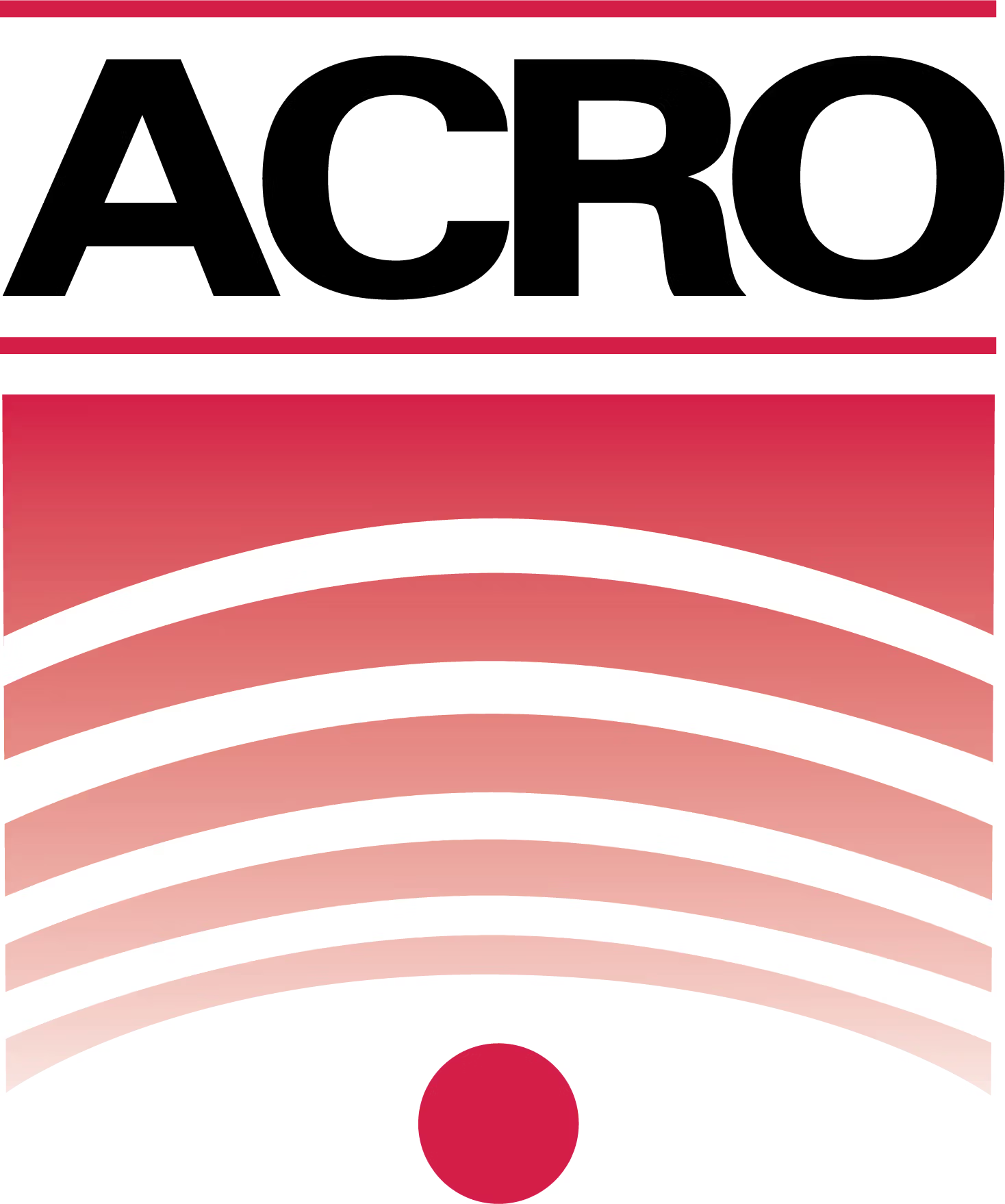ACRO Issues Statement on 2026 Physician Fee Schedule Final Rule
Due to certain errors in the 2026 PFS Final Rule pre-publication, ACRO has issued a statement while awaiting the publication of the 2026 HOPPS Final Rule.
ACRO advocated for a correction in the 2026 HOPPS Final Rule and, while the HOPPS Final Rule has not been published, it appears by inference that a correction did occur based on the rates in the 2026 PFS Final Rule.

The 2026 Physician Fee Schedule (PFS) Final Rule was published in the Federal Register on November 5. Due to errors contained in certain addenda in the 2026 PFS Final Rule pre-publication on October 31, the American College of Radiation Oncology has issued a statement while awaiting the publication of the 2026 Hospital Outpatient PPS (HOPPS) Final Rule.
ACRO advocated for a correction in the 2026 HOPPS Final Rule and, while the HOPPS Final Rule has not been published, it appears by inference that a correction did occur based on the rates in the 2026 PFS Final Rule. ACRO estimates that this correction results in an smaller cut in 2026 rates for radiation treatment delivery services in comparison to 2025 from -10% in the 2026 PFS Proposed Rule to -3.8% in the 2026 PFS Final Rule. Separately, the Indirect Practice Expense (IPE) policy in the 2026 PFS Final Rule increases rates for non-treatment delivery codes by 5.2%, which offsets these reductions in the treatment delivery codes.
Click here to read the statement released by ACRO.
Elevating the Quality of Cancer Care via Cross-Department Collaboration
Experts from Sibley Memorial Hospital discuss how multidisciplinary work has enhanced outcomes such as survival and resource use at their institution.